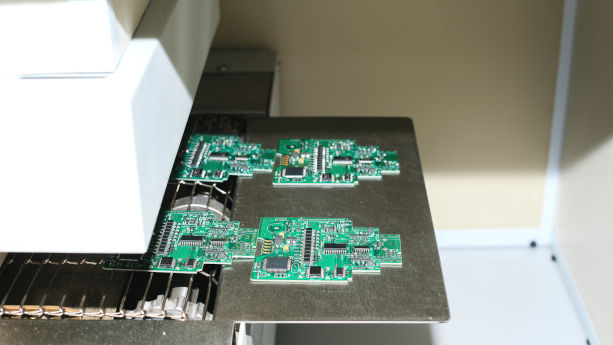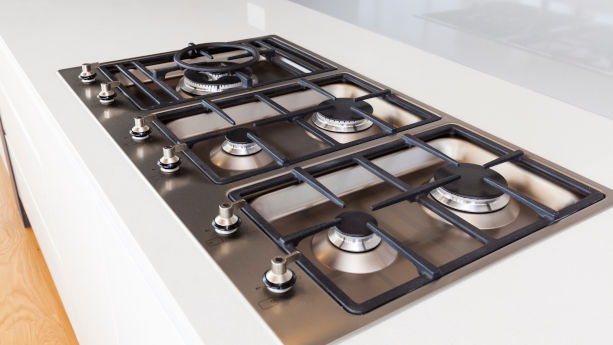The RoHS Directive restricts chemicals and heavy metals in electronic components, solder, and materials (e.g. casing). It applies to electrical and electronic equipment (EEE) imported or manufactured in the European Union.
The requirements of the RoHS directive go beyond substance restrictions. More specifically, the directive also covers CE marking and other labelling requirements, documentation, and lab testing.
Continue reading EU Restriction of Hazardous Substances Directive (RoHS): An Essential Guide




















